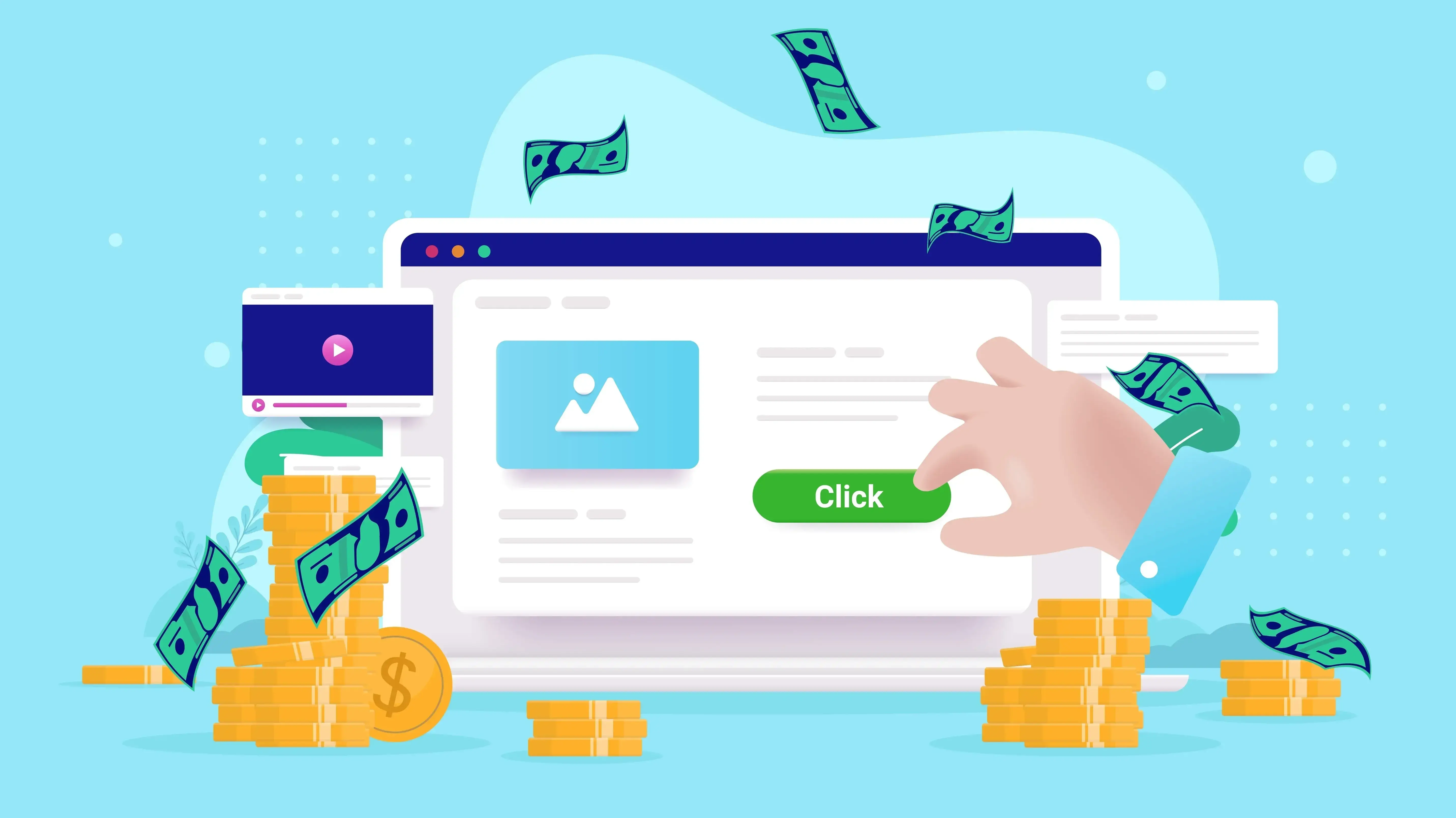Everyone wants more leads. But what happens after you get them?
If your marketing team is handing over every e-book downloader to sales, and your sales team is ghosting half of them, you’ve got a problem. It's not a leads problem — a qualification problem.
That’s where MQLs and SQLs come in. These two labels aren’t just marketing jargon — they’re shorthand for understanding how ready someone is to buy, and which team should be talking to them.
In this article, we’ll break down exactly what MQLs and SQLs are, how to tell them apart, and how to use that clarity to stop wasting time and start closing more deals.
First Things First: What Is a Lead?
Before we discuss MQLs or SQLs, let’s clarify what a lead is.
A lead is anyone who’s shown some kind of interest in your product, service, or company. That’s it. They’re not a customer yet, but they’ve stepped out of the crowd and raised their hand — just a little.
Let’s consider a real-life example: Imagine you run a company that sells team collaboration software. Someone finds your blog post on “How to Run Better Remote Meetings” through Google and reads it. A week later, they download your free “Remote Meeting Agenda Template.” Boom — they’re now a lead. They’ve shown interest. You’ve got their email. The door’s open.
But not all leads are created equal!
Some are just curious. Others are doing research for their boss. Some are actively comparing vendors. A few are ready to talk pricing today. The problem is, they all show up in your CRM as “leads” — and if you treat them all the same, you’ll waste a lot of time and burn potential deals.
This is exactly why the marketing world split leads into two main types: MQLs and SQLs. So let’s break them down.
What Is an MQL (Marketing Qualified Lead)?
An MQL is a lead who shows interest, but not enough to talk to your sales team just yet. They’re still learning, exploring, and figuring out if your solution fits their needs.
Think of an MQL as someone browsing a store. They’ve walked in, looked around, and maybe even picked up a product to examine it. But they haven’t walked up to the cashier or asked for help yet. They’re interested, but they’re not ready.
Let’s paint a scenario: You work at a company that offers cybersecurity software for small businesses.
Lisa owns a small design agency.
She finds your blog while googling “how to prevent ransomware attacks.”
She reads a couple of articles.
Then she downloads your free guide: “10 Ways to Protect Your Client Files from Hackers.”
She gives you her email in the process.
That’s an MQL. Why? She fits your target profile. She engaged with your content. But she hasn’t shown intent to buy anything yet. No demo request, no pricing page visit, no contact form filled out.
So what do you do with her? You nurture. You send her helpful follow-ups:
A case study of how another agency used your tool
A webinar invite
Maybe a checklist she can implement herself
The goal is to build trust and guide her closer to the buying decision, without throwing a sales rep at her too early.
Here are signs someone is an MQL:
Downloaded a guide or template
Subscribed to your newsletter
Attended a general-topic webinar
Visited your blog a few times
Followed your company on LinkedIn
These are all interest signals, not buying signals.
If sales calls her now, it’s going to feel pushy. Worse, it’ll feel like you weren’t paying attention to where she is in her journey. And that’s how you lose good leads before they even become real opportunities.
What Is an SQL (Sales Qualified Lead)?
An SQL is a lead that’s ready for a sales conversation. They’ve moved past the “just browsing” phase. They’ve done some research, looked at their options, and now they want to know how your product fits their needs—or if it’s the one they’re going to buy.
Back to the scenario about Lisa, we painted from the previous section. Let’s say two weeks after downloading your cybersecurity guide, she:
Attends your “Live Demo: How Our Platform Blocks Threats in Real Time”
Visits your pricing page
Fills out the “Talk to Sales” form
Leaves a note saying: “We’re looking to switch from our current vendor next month. Need to understand onboarding time.”
At this point, Lisa isn’t just curious anymore—she’s an SQL.
She’s clearly evaluating solutions. She knows what she wants to solve. She’s probably comparing you to competitors. This is the moment for your sales team to jump in.
If you treat her like just another newsletter subscriber and keep sending her blog articles… you’ll miss the opportunity.
Here are signs someone is an SQL:
Requested a product demo
Asked for pricing
Contacted your sales team directly
Signed up for a free trial
Spent significant time on solution or product pages
Downloaded a bottom-of-funnel asset (e.g., “Implementation Checklist” or “ROI Calculator”)
SQLs are high-intent. They’re actively looking for a solution — and you don’t want to keep them waiting.
How Does a Lead Move from MQL to SQL?
This is where things get interesting—and often messy. The shift from MQL to SQL isn’t magic. It’s usually based on a mix of actions, signals, and a bit of gut instinct (or a scoring system if you’ve got one in place).
Let’s say you’re a B2B SaaS company.
Jamal, a project manager at a mid-sized construction firm, finds your blog post via search.
He reads “Top 5 Scheduling Tools for Site Managers” → MQL.
Two days later, he downloads your “Field Team Scheduling Template” → still an MQL.
A week later, he clicks a follow-up email about your software’s mobile app.
He returns and views your pricing page twice in one day.
Then he books a demo with your sales team.
Right there, at the demo request, he made the jump to SQL. What changed? His actions now show an intent to evaluate your product as a possible solution, not just gather information.
How Do Companies Know When an MQL Becomes an SQL?
So now we know the difference. But here’s the big question: how do you actually tell when a lead is ready to move from marketing to sales?
There are a few ways companies handle this shift, and the right one depends on the size of your team and how your sales process works. Let’s break them down.
1. Lead Scoring (The Math Approach)
This is the more structured option. Some companies use lead scoring tools to automatically assign points to every lead based on their actions. For example:
Opened a marketing email → +5 points
Downloaded a guide → +10 points
Visited the pricing page → +20 points
Requested a demo → +30 points
You decide on a “cutoff score” — let’s say 60 points. Once a lead hits 60, it’s considered sales qualified and passed to the sales team.
This method works well if you receive a lot of inbound leads and need a system to determine who’s really interested and who’s just browsing.
With a good CRM (like HubSpot or Marketo), the scoring can run in the background without your team having to do anything manually.
2. Behavior Triggers (The Simple Rule-Based Way)
This one’s more straightforward. There is no math, no scores — just specific actions that tell you someone is ready to talk to sales. Example rules you might set:
If someone fills out a “Contact Sales” form → SQL
If someone signs up for a demo → SQL
If someone visits the pricing page 3+ times → SQL
As soon as a lead does one of these things, the system flags them as ready, and they’re handed off to sales.
This is a great approach for smaller teams or companies that don’t want to mess with complex scoring systems.
3. Manual Review (The Gut-Check Method)
Some companies, especially early-stage startups or lean teams, still handle this manually.
Marketing reviews the activity of leads one by one, and decides when someone seems ready. They’ll look at email engagement, web activity, downloads, and other signals, then say, “Okay, this person’s hot—let’s send them to sales.”
It’s not scalable, but if you don’t have a ton of leads yet, this approach can still work. In fact, it often results in better quality handoffs, because you’re actually looking at each lead’s behavior instead of relying on a formula.
Wrapping Up
At the end of the day, MQLs and SQLs aren’t just labels—they’re a way to make sure the right people get the right attention at the right time. That’s what keeps your funnel healthy and your teams in sync.
There’s no one perfect way to manage the shift from MQL to SQL. Whether you use lead scoring, behavior triggers, or just a bit of human judgment, the real win is when sales and marketing agree on what “ready” actually looks like—and act on it fast.
Frequently Asked Questions
What frameworks support SQLite?
SQLite is compatible with PHP, Python, Node.js, Ruby, and more, making it a flexible choice for developers across different platforms.
Can I use SQLite with WordPress?
By default, WordPress uses MySQL, but some plugins allow SQLite integration. However, it’s generally recommended for smaller CMS projects rather than full WordPress hosting.
Why is transactional integrity more emphasized in SQL databases?
Transactional integrity, ensured through ACID compliance, is crucial for applications that require reliable data consistency, such as financial systems, e-commerce platforms, and inventory management systems. SQL databases emphasize transactional integrity to guarantee that all transactions are processed securely and accurately.
Is remote access to my SQLite database possible?
Yes, our hosting services support secure remote connections to your SQLite databases, allowing access from external systems or applications.

Joel Olawanle is a Software Engineer and Technical Writer with over three years of experience helping companies communicate their products effectively through technical articles.
View all posts by Joel Olawanle




















